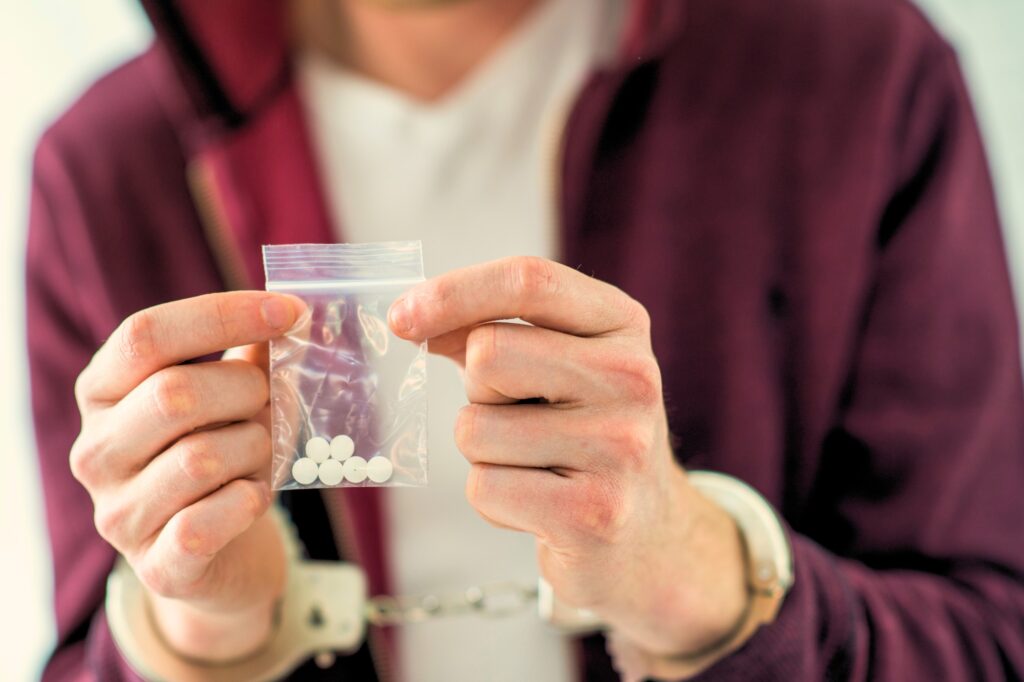Understanding Constructive Possession by Florida Law
Actual Possession vs. Constructive Possession:
Actual Possession: Simply put, actual possession means you actually had the illegal contraband on your person.
Constructive Possession: In contrast, Constructive Possession means that you possessed the illegal contraband, despite it not actually being on your person. A common misconception of Defendants arrested under constructive possession theories is that you actually have to possess the contraband in order for the state to pin the crime on you. While it is true that constructive possession is a significantly stronger case for the Defendant, it doesn’t mean the state cannot prove its case.
Here’s what the state needs to show in order to prove constructive possession:
In order to prove constructive possession the state must show that the Defendant “was able to exercise dominion and control over the drugs, knew of their presence, and knew of their illicit nature. Notice that there are THREE REQUIREMENTS to prove constructive possession. See Davis v. State, 761 So.2d 1154 (Fla. 2nd DCA 2000).
In Davis, the 2nd District Court elaborated on these requirements. The Court stated, “Proof of mere proximity of the defendant to the drugs is insufficient to sustain a conviction for constructive possession.” The Court went on to give examples of other cases where proximity was insufficient to establish constructive possession. For example, the Court cited Agee v. State, 522 So.2d 1044 (Fla. 2nd DCA 1988). Referencing Agee, the Davis Court said, “Even when a defendant was found standing approximately one foot from a matchbook containing 19 packets of heroin, the evidence was held insufficient to withstand a motion for judgment of acquittal.”
Where illegal contraband found in Public:
There is an even greater level of scrutiny applied to the State where the contraband is found in a Public Place. See Davis. The Davis Court also cited to Tanksley v. State, 332 So.2d 76 (Fla 2nd DA 1976). Tanksley was another prime example of where constructive possession was not sustainable because of the public nature of the case. Tanksley was used in the Davis opinion to emphasize how the public nature of an offense can impact constructive possession arguments.
In Tanksley, a paper bag was found 15 feet from where the Defendant was sitting. Inside the paper bag, there was heroin. Fingerprint tests were run that matched the Defendant. However, the Court said the evidence simply was not sufficient to sustain a verdict, because there were other people around, and the evidence could not refute every reasonable hypothesis of innocence. Specifically, the Court said the evidence could not refuse the possibility that the Defendant touched the bag and envelope before it contained heroin. Therefore, the evidence was insufficient to establish the elements of constructive possession.
Constructive Possession is a Case-by-Case Basis:
As you can see Courts look at a number of factors to determine whether a constructive possession allegation can be sustained. A good lawyer has a strong understanding of the case law and your case and can help you show how your case matches with another key case that is favorable to your specific situation.
If you or your loved one are in need of information on Constructive Possession, call us at 407-930-8912 to speak with a qualified legal professional or fill out the contact form on this page. We’re available 24/7, we offer free initial consultation and payment plans. In addition to our Orlando location, we have offices in the following cities across the state of Florida:
- Daytona Beach
- Kissimmee
- Melbourne
- Lakeland
- Ocala
- Tampa
- Fort Myers
- Sanford
- Miami
- Jacksonville
- Fort Lauderdale
- Sarasota
- Clearwater
*Additional Orlando Florida & Orange County Legal Resources
